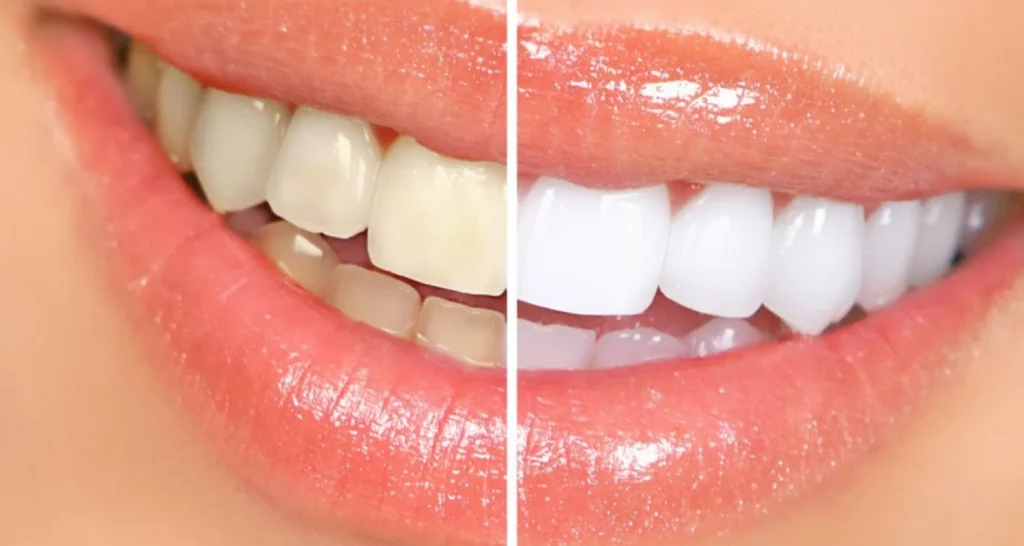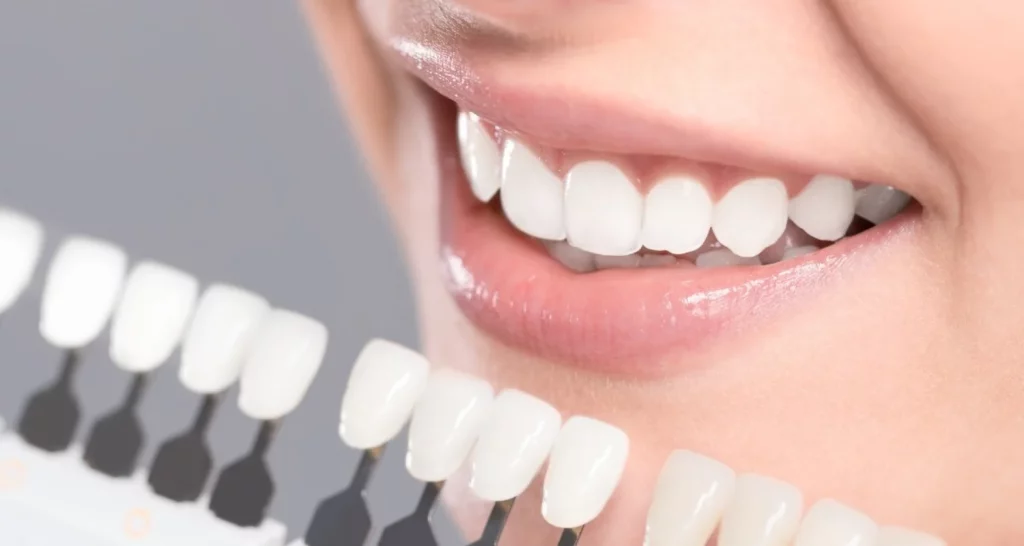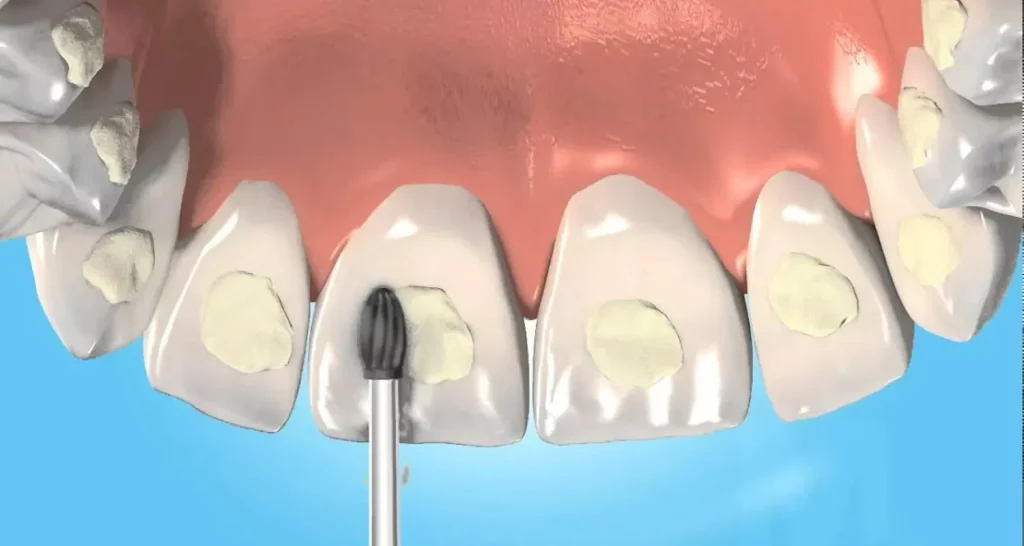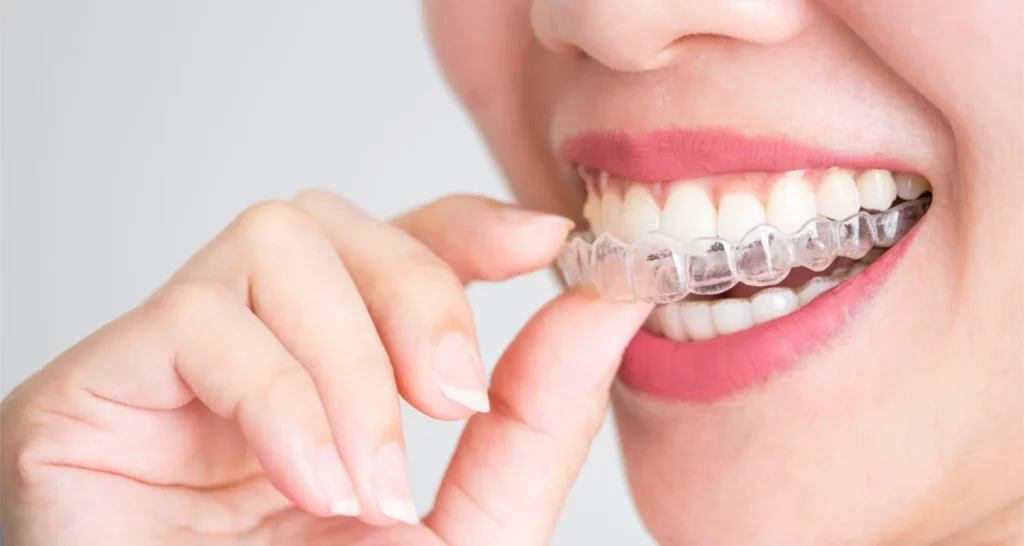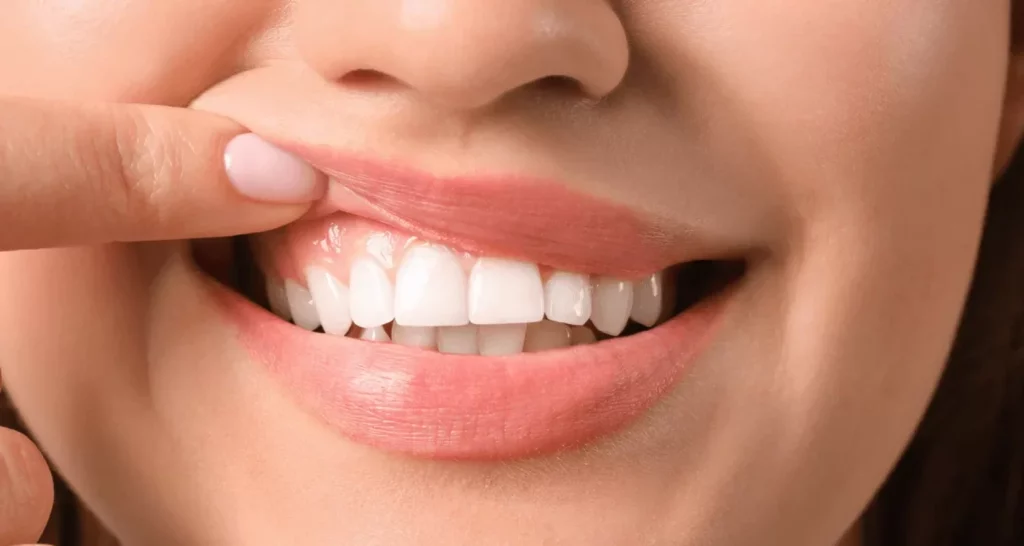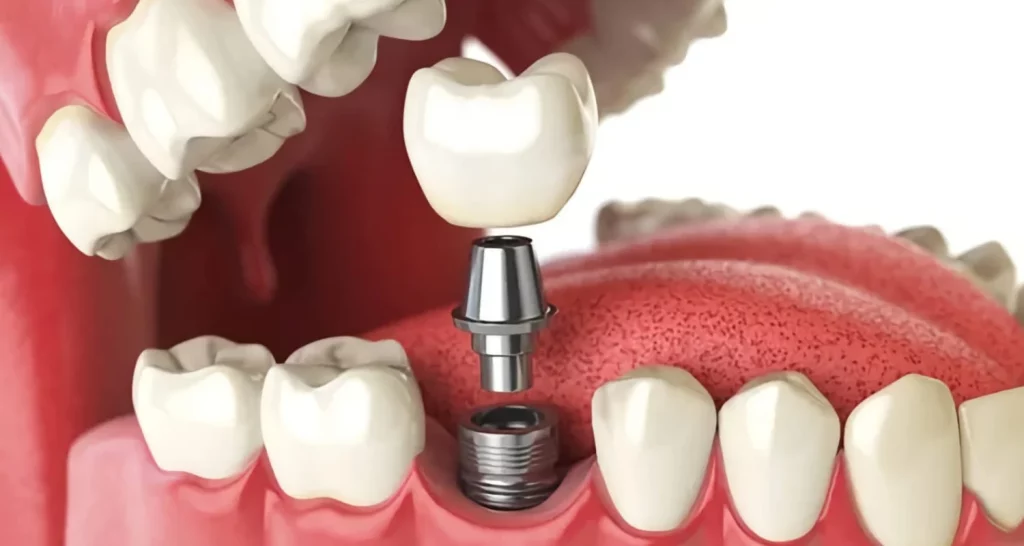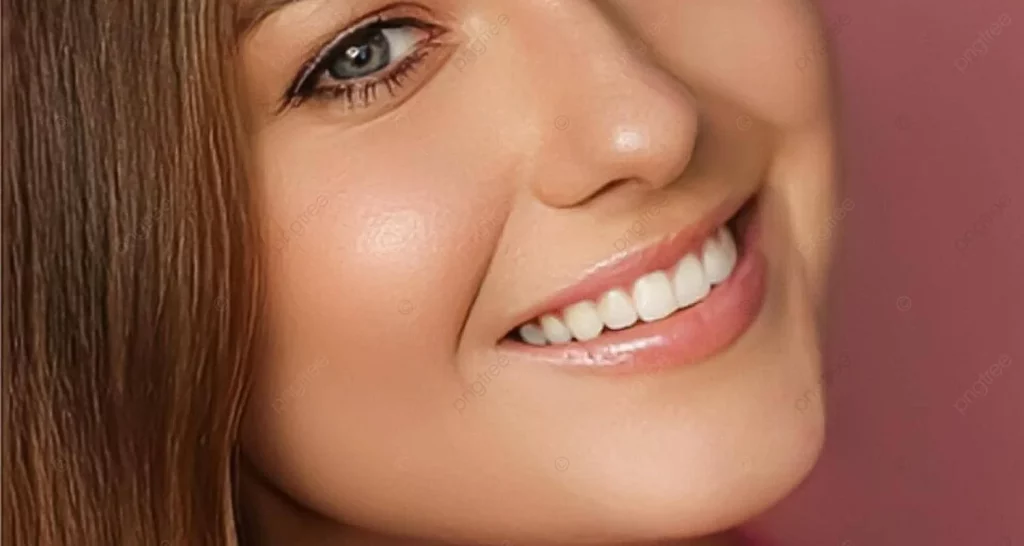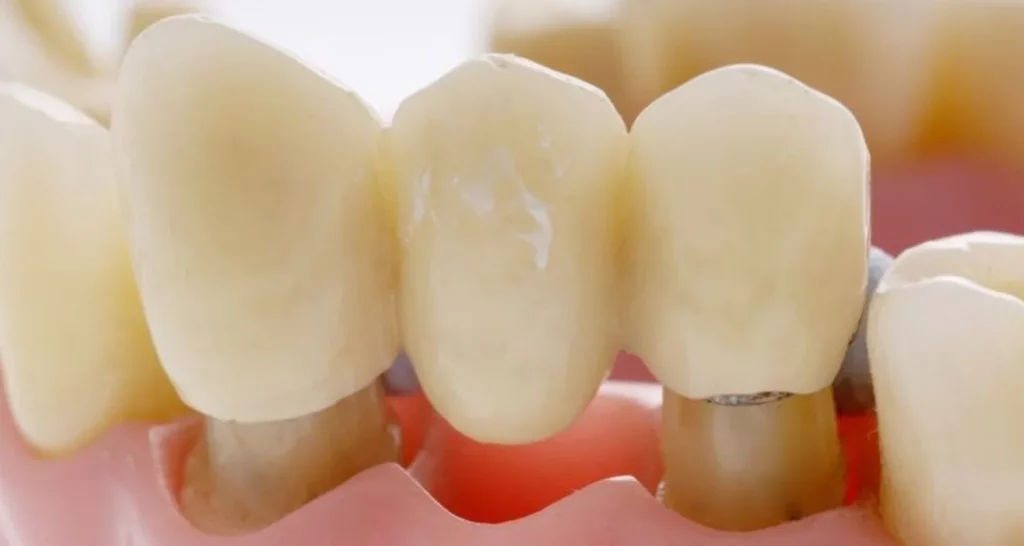Last Updated on: 28th November 2025, 05:02 am
Love Your Smile: Cosmetic Dentistry Options for Valentine’s Day
Valentine’s Day is the perfect occasion to pamper yourself and enhance your smile. Whether you’re preparing for a romantic date or simply want to boost your confidence, cosmetic dentistry offers a variety of treatments to help you achieve the perfect smile. From teeth whitening to porcelain veneers, there are options to suit every need and budget. Currently, multiple dental treatments yield satisfactory aesthetic results. However, not all have the same function or effectiveness.
It is the dentist’s responsibility to guide the patient regarding the alternatives available to beautify their smile. In this way, he or she will be able to select the most appropriate for their oral health, considering their needs and economic factors. Let’s explore the cosmetic dentistry options that can help you love your smile this Valentine’s Day.
Teeth whitening
One of the quickest and most effective ways to brighten your smile is through teeth whitening. Professional teeth whitening treatments performed by a dentist can significantly lighten the shade of your teeth, removing stains and discoloration caused by coffee, tea, and smoking. Whether you opt for in-office whitening or the grab-and-go kits your dentist will provide, you’ll enjoy a noticeably brighter smile just in time for Valentine’s Day.
a. Benefits of teeth whitening:
→ Fast and notable results.
→ Increases confidence and self-esteem.
→ Non-invasive and relatively affordable compared to other cosmetic treatments.
b. Considerations:
→ Possible tooth sensitivity, usually temporary.
→ Results may vary depending on the severity of stains and individual dental characteristics.
Before performing this aesthetic dentistry treatment, it is essential that your oral health is in perfect condition. The dentist will thoroughly examine the condition of the oral cavity and address other active conditions before proceeding with teeth whitening.
Porcelain veneers
For a complete smile makeover, porcelain veneers offer a versatile solution to correct various dental imperfections. Custom-made to fit over the front surface of your teeth, these thin shells hide chips, cracks, gaps, and even misalignments, providing a long-lasting, natural-looking improvement. With porcelain veneers, you can achieve a flawless smile that exudes confidence and charm, perfect to show off on Valentine’s Day.
a. Benefits of porcelain veneers:
→ Dramatic improvement in appearance with a minimal dental alteration.
→ Long-lasting results, typically lasting 10 to 15 years with proper care.
→ Stain-resistant material keeps your smile bright white.
b. Considerations:
→ Irreversible process since a small amount of enamel must be removed.
→ Higher initial cost compared to other aesthetic treatments.
To insert them, the dentist must lightly wear down the tooth enamel. In addition, it is necessary to take an impression of the mouth to send a mold to the laboratory and custom-fabricate the veneer.
During the design of these structures, the shape, size, length, and color of the tooth can be modified. Veneers are bonded to the front of the teeth using dental cement, providing a different appearance than the original.
Tooth adhesion
Dental bonding offers a simple, cost-effective solution to correcting minor dental imperfections such as chips, cracks, and gaps. During the bonding process, a tooth-colored composite resin is applied to the affected teeth and sculpted to achieve the desired shape and contour. Once hardened with a special light, the bonded material blends seamlessly with natural teeth, restoring both function and aesthetics. With dental adhesive, you can quickly improve your smile and feel confident on Valentine’s Day and beyond.
a. Benefits of dental bonding:
→ An affordable option for minor cosmetic enhancements.
→ Minimal dental alteration is required.
→ It can be completed in a single visit to the dentist.
b. Considerations:
→ They are not as durable as porcelain veneers and may require periodic touch-ups.
→ Susceptible to staining with certain foods and drinks.
Invisalign clear aligners
If crooked or misaligned teeth are affecting your confidence, Invisalign clear aligners offer a discreet and convenient solution to achieve a straighter smile. Unlike traditional braces, Invisalign uses a series of clear, removable aligners to gradually move your teeth into the desired position. Without braces or metal wires, Invisalign allows you to discreetly straighten your teeth, making it an ideal option for adults looking to improve their smile without the hassle of traditional braces.
a. Benefits of Invisalign clear aligners:
→ Virtually invisible and discreet.
→ Removable for easy eating, brushing, and flossing.
→ Comfortable without wires or brackets that irritate the mouth.
b. Considerations:
→ Compliance is essential for optimal results (aligners should be worn 20-22 hours a day).
→ Not suitable for serious orthodontic problems.
Gum contour
In some cases, an uneven or excessive gum line can detract from an otherwise beautiful smile. Gum contouring, also known as gum reshaping, is a cosmetic dental procedure that involves removing excess gum tissue to create a more proportional and aesthetically pleasing smile. By reshaping the gum line, your dentist can improve the appearance of your teeth, making them appear longer and more symmetrical. Whether you have a gummy smile or uneven gum tissue, gum contouring will help you achieve a smile you’ll love showing off on Valentine’s Day.
a. Benefits of gum contouring:
● Improves the balance and symmetry of the smile.
● Minimally invasive with little to no downtime.
● Improves general facial aesthetics.
b. Considerations:
● Possible discomfort during the healing process.
● In some cases, additional treatments, such as veneers, may be necessary to achieve the desired results.
Other common cosmetic procedures
1. Cosmetic dental implants
Dental implants are among the most popular cosmetic treatments offered today, as they offer a comfortable and stable solution to restore both oral aesthetics and functionality. They consist of metal devices, usually made of titanium, placed in the jaws to replace missing teeth. Placing implants requires surgery to insert them into the jaw bone, where they can integrate with the bone tissue. Once integrated, they act as artificial roots on which dental prostheses, such as crowns, bridges, or dentures, are fixed.
This type of oral rehabilitation allows you to recover dental functionality in a stable and comfortable way; being fused with the bone, the prostheses remain fixed and do not move. However, not all people are candidates to receive implants. Before proceeding, the dentist evaluates gum health and bone density, ensuring that the patient is suited for this treatment and that their overall health is adequate.
2. Cosmetic Dental Crowns
Dental crowns are veneers that completely cover a tooth to restore its lost form and function. They are custom-made in a dental laboratory composed of various materials such as metal, porcelain fused to metal, resin, acrylic, or ceramic. This variety of materials allows enhanced aesthetics to combine with the ability to resist chewing forces.
These crowns are used to treat problems such as extensive cavities, fractures, chips, or large fillings in the teeth. They are also used to close spaces between teeth. After the underlying dental problem is treated, the tooth is prepared, and an impression of the mouth is taken and sent to the laboratory to fabricate the crown. Once ready, it is cemented onto the prepared tooth, improving its shape, size, strength, and appearance.
3. Cosmetic Teeth Modeling
Cosmetic teeth modeling is a quick, painless dental procedure with immediate results. It is performed by the dentist to correct small defects, such as slightly crowded or uneven teeth. This technique involves filing and wearing away some of the tooth enamel to improve the appearance of the natural teeth. As its name indicates, it involves remodeling and improving the shape of the teeth to achieve a more aesthetic and harmonious smile.
4. Cosmetic Orthodontics
Orthodontics is an integral part of cosmetic dental procedures, as it improves the appearance of your smile by correcting problems such as crooked, protruding, crowded, or gapped teeth. In addition to beautifying the smile, orthodontic treatment also improves the bite, eating, oral hygiene, and the general functionality of the mouth. Likewise, by correcting occlusion problems, facial appearance, and physiognomy can be altered, relieving head, neck, and jaw pain associated with these anomalies.
Orthodontic braces apply constant pressure and forces to the teeth to gradually move them into the desired position. To carry out this therapy, it is crucial to carry out specific studies of the clinical case and adequate planning. It is important to highlight the fact that currently orthodontic aesthetic options allow the treatment to be carried out discreetly and almost imperceptibly, such as:
1. Ceramic and sapphire brackets: Made with materials that improve the appearance of the device and are less visible than traditional metal braces. Although ceramic braces can become pigmented over time, sapphire braces offer effective translucency.
2. Inside brackets: Placed on the inside of the teeth, they allow the treatment to be carried out completely discreetly since the device is invisible from the outside.
5. Cosmetic Bridges
Cosmetic bridges offer an ideal solution to replace one or two missing teeth in a fixed, aesthetic way. This treatment involves placing one or two crowns on healthy teeth, which are attached to artificial teeth that take the place of the missing ones.
The healthy teeth on which the crowns are placed are known as abutments; they must be prepared by slight wear to receive the crowns that will cover them. These abutments are located on either side of the space left by missing teeth.
Conclusion
Cosmetic bridges can be made from aesthetic materials such as porcelain or acrylic, allowing both the functionality and aesthetics of the cavity to be restored. In conclusion, cosmetic dentistry offers a wide range of treatments designed to improve the aesthetics and functionality of your smile. From procedures like teeth whitening and cosmetic tooth shaping to more advanced options like dental implants and cosmetic bridges, patients have access to personalized solutions to address a variety of dental issues and improve their confidence and overall well-being.
Importantly, before undergoing any cosmetic treatment, it is essential to consult with a qualified dentist to evaluate the state of your oral health and determine the best approach to achieve your desired goals. With technological advances and aesthetic options available today, it is possible to achieve a radiant, healthy smile that reflects the unique beauty of each individual oral. However, a disadvantage of this treatment is that it requires wearing down healthy teeth. Despite this, they are a more economical option compared to dental implants.
Frequently Asked Questions (FAQ)
Bibliography
1. American Dental Association (ADA). (Aug, 2022). Whitening. https://www.ada.org/resources/research/science-and-research-institute/oral-health-topics/whitening
2. Oral Health Foundation (n/f).Cosmetic treatments.https://es.dentalhealth.org/tratamientos-cosmeticos
3. Cleveland Clinic. (Jul, 2022). Cosmetic Dentistry. https://my.clevelandclinic.org/health/treatments/23914-cosmetic-dentistry
4. WebMD. (Aug, 2023). Cosmetic Dentistry: Before and After. https://www.webmd.com/oral-health/ss/slideshow-cosmetic-dentistry
5. Blackmer Nick, khoo Edmund. (Feb 2024). 7 Types of Cosmetic Dentistry Procedures. Very Well Health https://www.verywellhealth.com/different-types-of-cosmetic-dental-procedures-1059022

